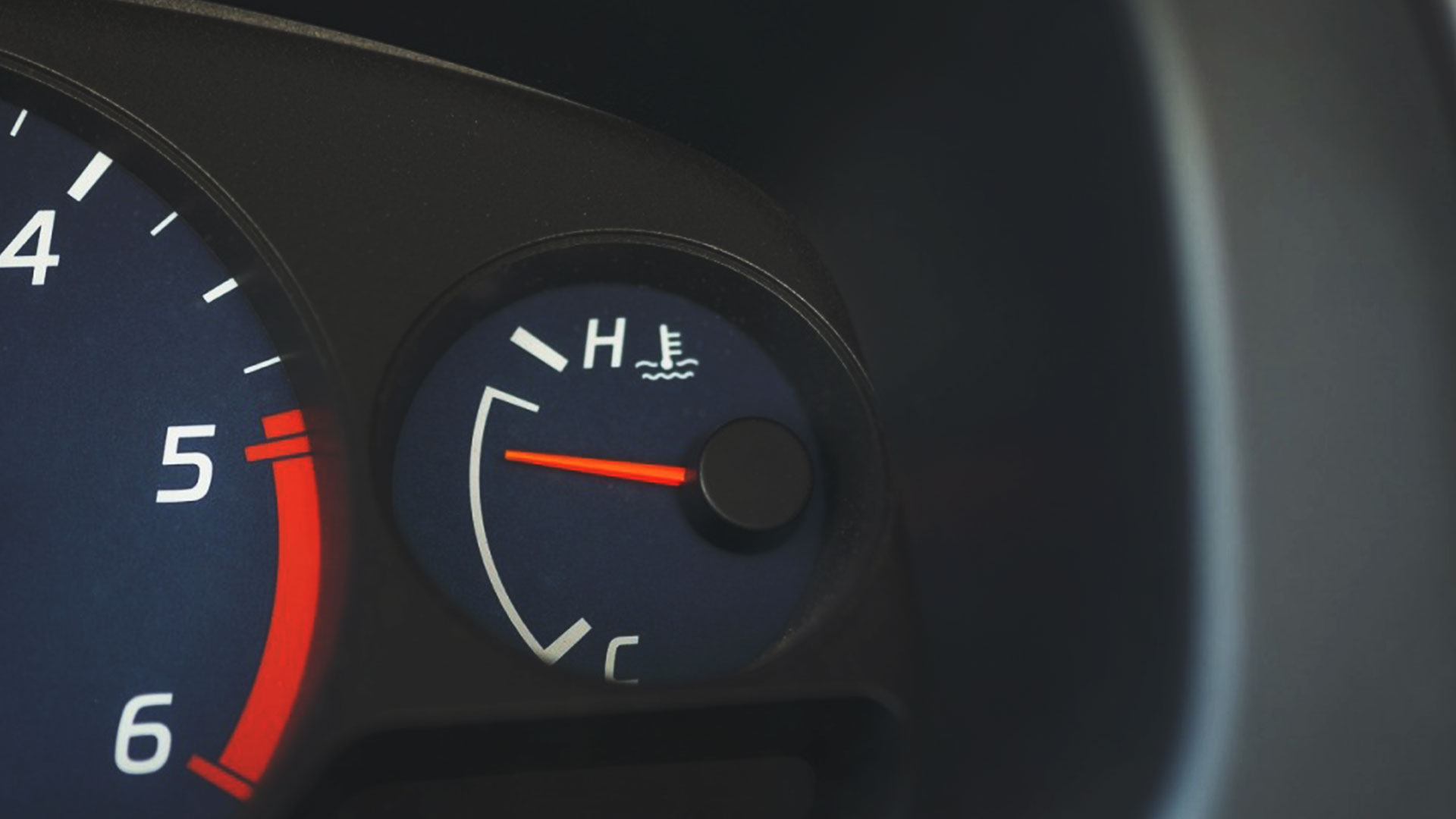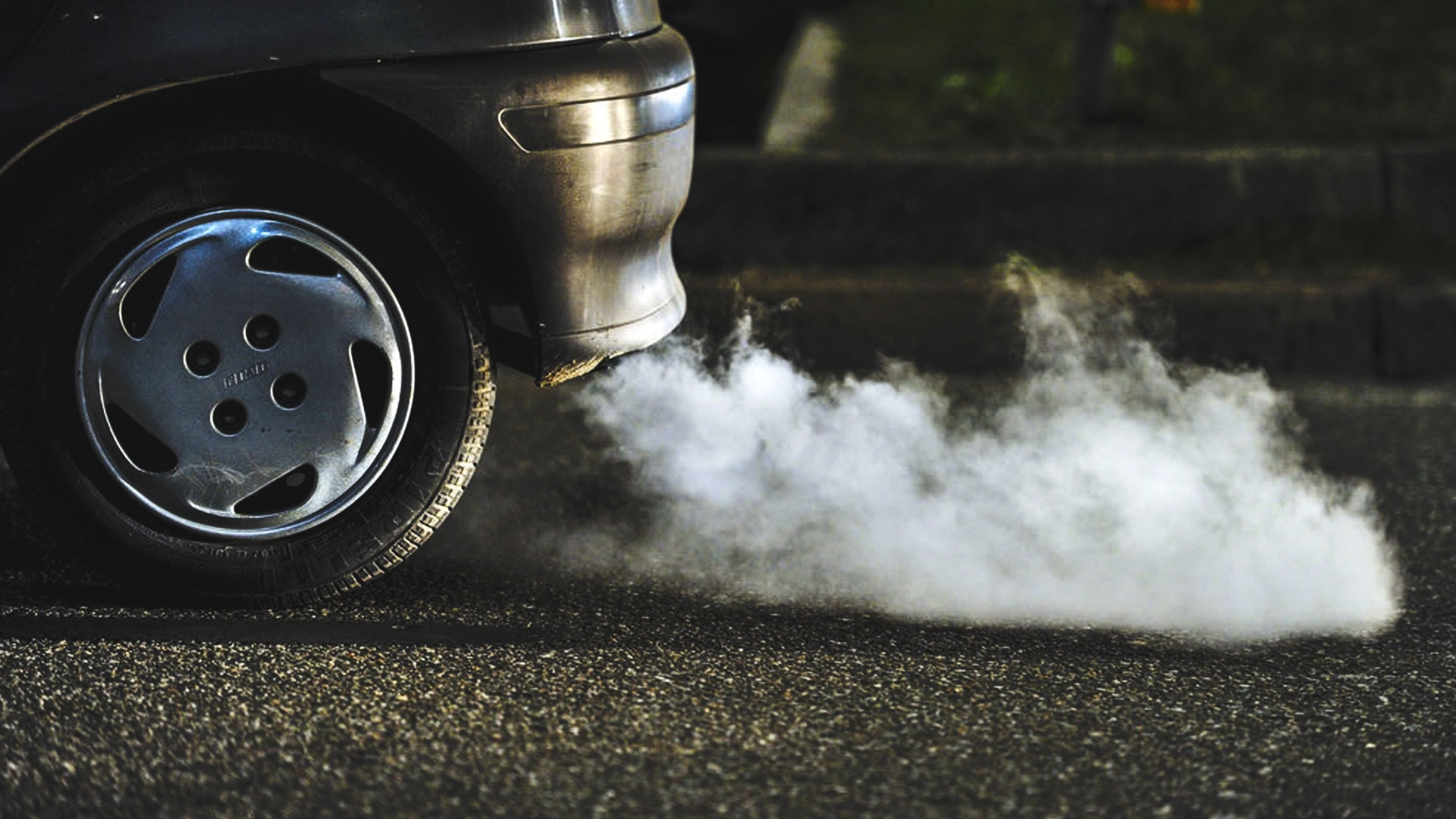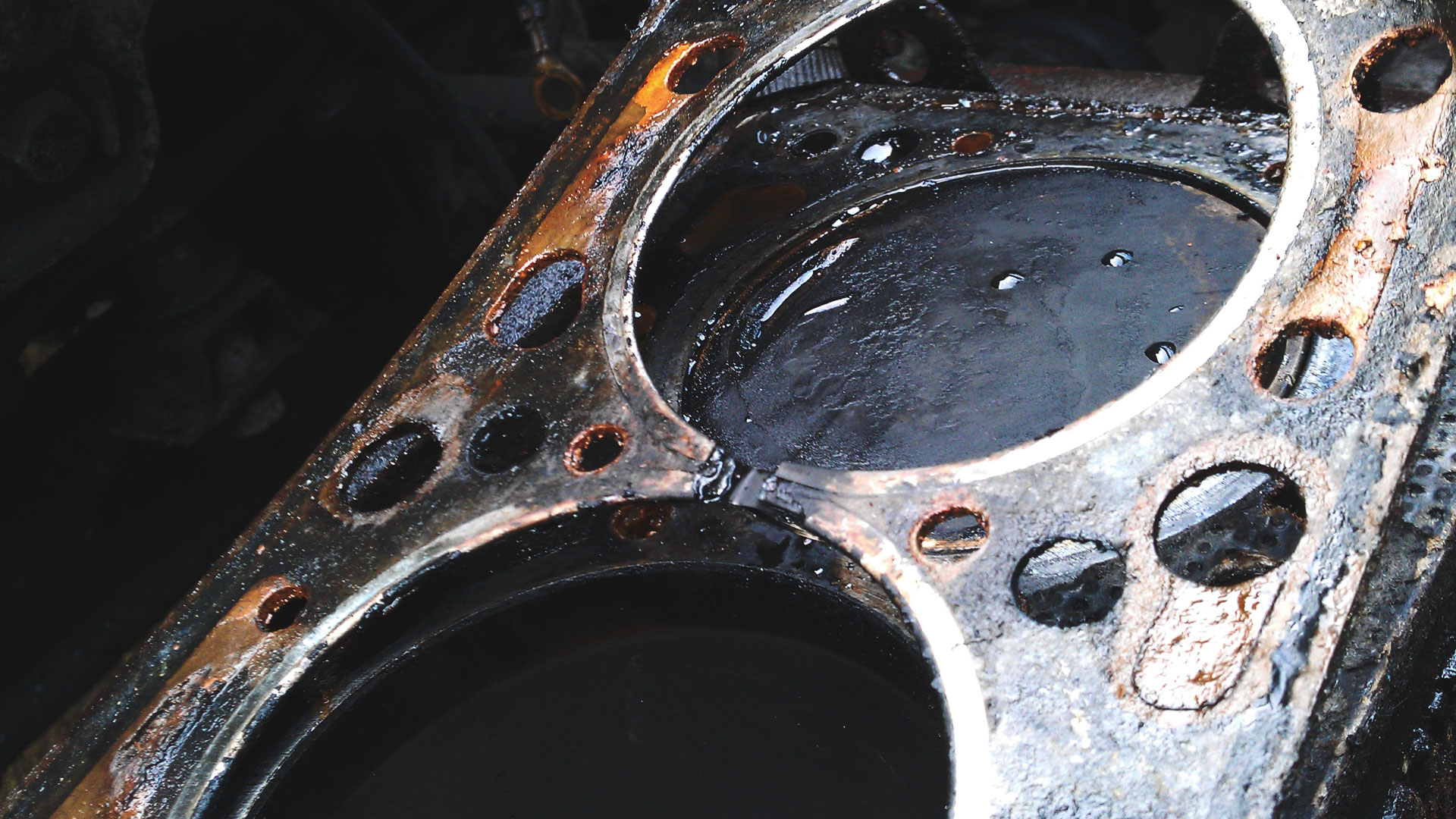Symptoms Of A Blown Head Gasket
We're an affiliate
We hope you love the products we recommend! Just so you know, we may collect a share of sales or other compensation from the links on this page. Thank you if you use our links, we really appreciate it!
Table of Contents
Not everyone is a trained mechanic. Most of us don’t know one end of the spanner from the other. This, however, shouldn’t stop us noticing when things are a little untoward. A new strange noise perhaps, more vibrations than used to happen on start-up, maybe the car isn’t quite as spritely as it once felt. Tell-tale signs that something is amiss, yet often signs that we happily ignore or block out and carry on as normal.
Spotting the signs of head gasket failure however, could save you big. As issues get worse, the bills get larger, the inconvenience lasts longer and the stress gets worse. Despite rumours, it is ill-advised to continue to driving with a blown head gasket. Wouldn’t it be nice to spot the problems early, get the underlying cause fixed and get back to life, worry free?
Keeping an eye out for the easily spotted signs below could lead you to catching a head gasket failure early. Saving your bank account from the strains that would follow, should a driver completely ignore their car telling them that everything is not as it should be. You don’t need specialist tools or expert knowledge, just a working pair of eyes and ears and a little knowledge to spot the clues.
9 Signs of Head Gasket Failure
Overheating

Not only can head gasket failures be caused by overheating, they can also be the cause themselves. One major purpose of the head gasket is to keep coolant flowing through all the right channels, failure to do so will stop the cooling system working properly, resulting in the engine getting a little too hot. Coolant will often leak through cracked head gaskets, either into the oil system, combustion chamber or out onto the road.
Keeping an eye on the temperature gauge is always advised, safely stop the car as soon as you notice the gauge rising above normal levels. Very high temperatures can cause serious damage, with any increase in temperature a clear indicator that the cooling system is not working correctly.
Milky Oil

The term coined when coolant makes its way into the oil, often as a result of head gasket failure. The coolant mixing with the oil, then subject to the heat and pressures it is put under, causes a thick milky substance to be formed. The sludge is found in the oil cap or on the dipstick, caused by the increased moisture levels of the oil.
The oil that has been contaminated by the coolant is no longer able to perform its task efficiently. No longer can it properly lubricate and protect the engines internal parts from the friction caused by metal on metal contact. Over time this could lead to internal engine damage and even complete failure.
Oil in the Coolant

Coolants equivalent of milky oil, the two often noticed at the same time as the vital engine fluids mix together. Like contaminated oil, contaminated coolant cannot perform up to its designed standards. This means insufficient cooling and also the possibility of clogging coolant pipes and the radiator. All this makes overheating more likely, causing further damage to the head gasket and engine.
Oil in the coolant is spotted by dipping your finger into the coolant (when cold) or collecting a small sample of coolant. When held up to the light you will be able to see oil contamination if present, as it creates a colour pattern in the water.
Bubbles in the Radiator
When a head gasket fails, not only can oil enter the cooling system, but exhaust gasses too. The compressed air entering the coolant will cause bubbles to become visible if you remove the radiator cap or coolant overflow lid while the engine is running. Some coolant may need to be evacuated from the system in order to run the vehicle with the cap/ lid off.
Make sure, if checking for this at home, that you open the coolant tank/ radiator cap before the car is warm and turn off the vehicle if the fluid begins to boil or overflow. Dealing with hot coolant is not recommended as it is highly dangerous, do not attempt if you are unexperienced in dealing with vehicle cooling systems.
Reduced Coolant Levels
As the gasket fails, coolant will likely leave the cooling system and mix, either with the oil or head straight into the combustion chamber. As you would expect, this will lead to a reduced level of coolant in your overflow reservoir or radiator.
Some vehicles will show a low-coolant warning light, while owners of less high-tech vehicles are best checking manually in the coolant reservoir or in the radiator, under the bonnet. If the coolant level is dropping, it is essential to check visually for external leaks from pipes and the radiator before assuming coolant loss is being caused by head gasket failure.
White Exhaust Smoke

Another tell-tale sign that water is heading to places it really should not be going. White smoke being produced from the exhaust occurs as a result of water being burned in the engines combustion chamber, water present because of coolant getting through to the cylinders via a leak in the head gasket. Combusting water is not good for an engine, can cause poor running and serious damage to internal parts such as the pistons and piston rings.
White smoke can be difficult to spot, particularly in the winter months (here in the UK at least) where the exhaust will also produce steam due to the cold. The way to tell the difference is that the white smoke caused by coolant burning will hang low (where steam rises) and will last for a lot longer due to its thickness.
Sweet Smell from the Exhaust
Along with the white exhaust smoke, a car that has a failed head gasket will likely give off a sweet smell from the tailpipe. While not always very obvious to those without the knowledge, it can actually be easier to spot than a small amount of smoke, particularly in cold UK winters (as smoke can often be confused with vapour).
The sweet odour is produced as coolant burns in the combustion chamber. The burning of coolant or antifreeze gives off a sweet scent, that is distinct from the usual petrol or diesel smells that are normally emitted from a car’s exhaust.
Reduced Performance & Rough Idling
Our final symptom of head gasket failure, one that may not be all that easy to spot. Depending on the severity of the leak from the gasket, engine output could be dramatically decreased or barely be affected. The performance of the engine is likely to drop after gasket failure as the cylinder will not hold the correct pressure, causing inefficient combustion and a drop in outright power. Uneven idling will be another giveaway as the engine cannot hold its desired values for fuel, air and ignition as a result of the mixing fluids and reduced compression.
Poor performance may be difficult to spot, unless you regularly perform hard accelerations and high-speed driving. A rough, erratic idle however can give a clear indication that the engine is not running right. Keep an eye on the tachometer needle when at a standstill, with no throttle applied. Cars that have blowing head gaskets will often rev unevenly, dropping enough to vibrate the entire vehicle as the engine attempts to stall.
Unfamiliar Engine Sounds
There is no particular sound, per say, that can indicate a faulty head gasket. However, multiple of the symptoms above will give aural clues that the gasket is indeed faulty and that your vehicle is not running right.
Blown head gaskets can cause fouled spark plugs, burning of coolant and incorrect air fuel ratios. All of these will have an effect on the vehicles running, giving misfires or erratic idle. These are easily detected aurally, simply by turning off the radio and listening to the vehicle while driving, made much easier by driving at low speeds. Spluttering from the engine or stutters in the revs while accelerating are sure signs of poor running.
Sounds such as these may not be a definite indicator of head gasket issues on their own, but combined with any of the symptoms above could be a serious sign that the vehicle is experiencing some major mechanical trauma. Listening to the running of the engine (and the vehicle in general) more regularly will also make it easier to spot any issues that arise in the future.
What if my Head Gasket Has Failed?
Getting a failed gasket repaired quickly is paramount to a healthy vehicle and saving you money in the long run. Continuing to drive your vehicle will vastly escalate the cost of head gasket repair as the engine conditions worsen and likelihood of damage increases.
Testing whether your head gasket has failed for most, is not too difficult to complete at home, we would recommend performing a simple test before having expensive work done to save you time and money. The symptoms here may show issues with other areas of the vehicle, rather than being definite proof of head gasket failure.
If the head gasket has definitely failed and you don’t fancy forking out hundreds or thousands of pounds for repairs, you could always attempt a head gasket fix without expensive replacement. Sealing additives have a big market nowadays and could be the perfect temporary solution to head gasket woes until full replacement can take place. They are simple to use, inexpensive to purchase and are highly rated by the thousands of customers than purchase them every year.
Conclusion
Identifying these symptoms is something most vehicle owners can easily perform. Spotting just one symptom is not necessarily a sure-fire guarantee that the head gasket has failed however. Milky oil can be caused by high water levels in the air during UK winters, while reduced performance and uneven idling could point to a whole host of potential issues.
Spot multiple or all of these symptoms in your vehicle however and you may be looking at a potential head gasket failure and need some serious repairs. Get your vehicle tested and fixed as soon as possible to prevent further damage. Thus enabling you to get back on the road with a reliable vehicle once again.
If you liked this article, please share, leave a comment below and check out our other exciting articles.
Categorised in: Advice





